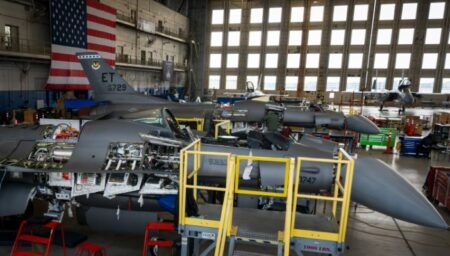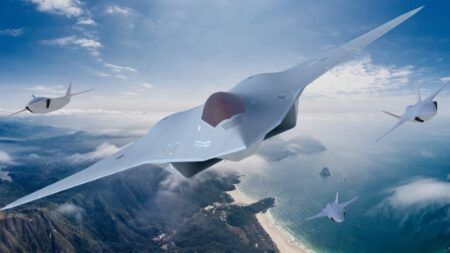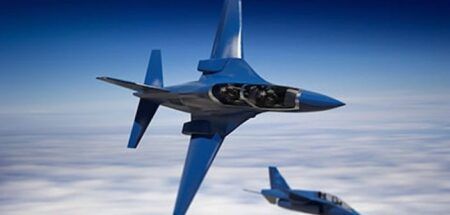Though it hasn’t been active for 10 years, the AEDC Range S-1 is currently undergoing checkout operations in preparation for three upcoming test projects.
Lt. Ryan Boudreaux, the hypervelocity flyout, impact and lethality ground test and evaluation (T&E) capability manager, and Scott Williams, the capability’s technical lead, are overseeing the project for the return to service of the range.
“We completed five successful shots in March,” Boudreaux said. “Prior to this effort, the last time any shots were fired in S-1 was in 2007.”
Lt. Col. Jason Armstrong, materiel leader and director of the AEDC Space & Missiles Combined Test Force (CTF), noted that reactivating this range is significant for AEDC and its present and future T&E customers.
“The re-activation of S-1 has not only brought back our capability to perform smaller scale hypervelocity impact testing but has also attracted multiple Department of Defense-sponsored customers seeking the type of testing we can now provide in this range,” Armstrong said.
“It’s notable in that these checkout successes will attract new T&E customers to the CTF,” said Boudreaux.
The focus of the upcoming T&E projects is on research of orbital debris impact. One of the biggest dangers to existing and future space-based assets is hypervelocity impacts from uncontrolled man-made space debris. Range S-1 allows AEDC to show customers what would happen if such a piece of debris impacted one of their space assets.
Range S-1 is 80ft in length, has a 0.75in bore and can launch projectiles between 2 km/sec and 8 km/sec. It was first used in the late 1980s as a test-bed to try concepts for the larger Range G, AEDC’s 1,000ft hypervelocity range.
May 10, 2017




